Clean Energy Innovators Book Shares the Human Side of NREL Research
Nearly 50 Years of Accomplishments in Pioneers’ Voices
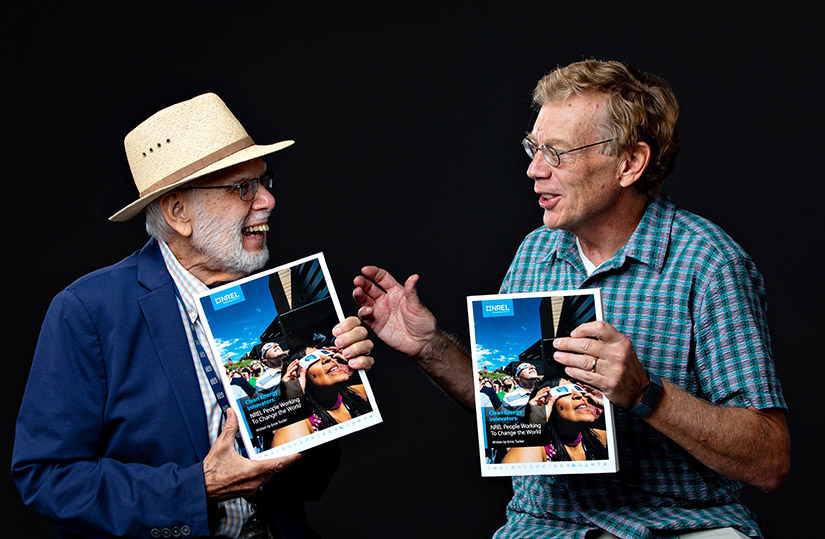
A story nearly 50 years in the making is finally being told by the people who made the National Renewable Energy Laboratory (NREL) a world leader in renewable energy.
That is because the U.S. Department of Energy’s NREL recently published "Clean Energy Innovators: NREL People Working to Change the World," a 202-page softbound book written by NREL’s Ernie Tucker. The book, which can be downloaded for free, is aimed at the general public as part of NREL’s history webpage.
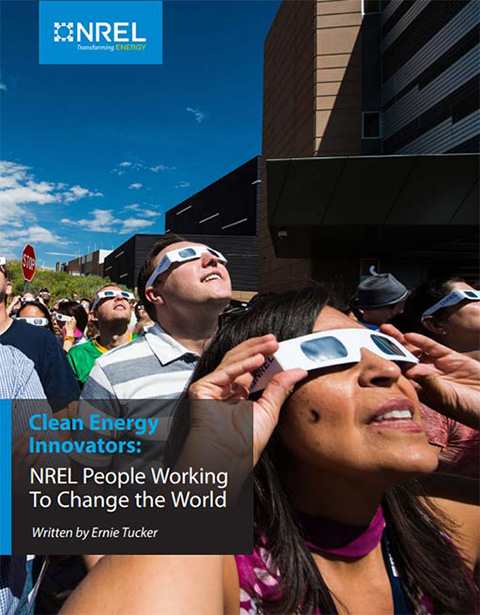
Using human interest stories Tucker has written for NREL, along with color photos by a variety of photographers, "Innovators" traces the tale of NREL's people and the technologies they have advanced since the Solar Energy Research Institute (SERI) opened in 1977 in Golden, Colorado.
The book relies on the words of pioneers as well as the current generation of researchers and staff to convey their triumphs and setbacks encountered on the collective journey to confront climate crisis.
The first five chapters are devoted to technologies used to combat climate change—including “Sunny Days and Solar Ways Starting at the Solar Energy Research Institute” about solar energy and “The Wild West of Wind” tracing the arc of wind energy. Transportation, hydrogen, and building technologies are also featured. A sixth chapter focuses just on people, as "NREL Family Members Express Themselves Through Their Passions" recounts human interest tales about Olympians, volunteers, marathon runners, and individuals from around the globe who have joined the NREL mission. Two chapters cover past and present leaders, including visits to the campus by several U.S. presidents.
NREL Laboratory Director Martin Keller said, “Ernie Tucker did not set out to chronicle the history of the laboratory, but by sharing the stories of its people, he painted a picture of its lasting mission and impact.” Keller, who wrote the book’s introduction, added, "Ernie has captured the heart and soul of NREL through his work. I am proud that both NRELians and the public will have the chance to get to know us better by reading the book. Ernie has done a magnificent job."
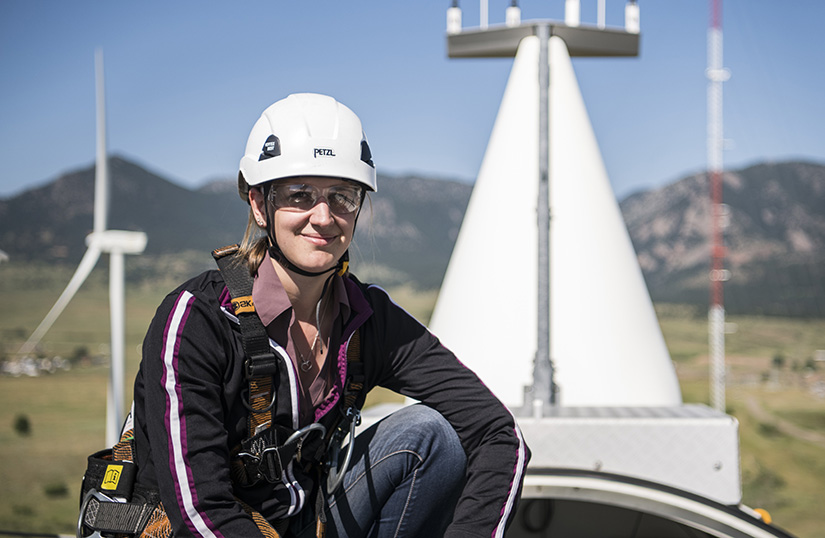
Tucker, a veteran newspaper reporter and editor who joined the laboratory in 2009, said he was looking for ways to convey the laboratory’s story through the voices of its people. While interviewing NREL solar researcher Bhushan Sopori in 2012, Tucker learned that music, not science, had been the solar researcher's “first love.” As described in Tucker’s forward for "Clean Energy Innovators," when he heard about Sopori’s family fame and the ways “music trained his mind to focus on research,” Tucker realized that tale needed to be shared with the laboratory community.
On April 23, 2012, “Bhushan Sopori: Staying in Tune With His Culture” was published internally and included the line, “As a boy growing up in the Kashmir Valley in India, Bhushan was given the nickname ‘The Little Professor’ for his musical skills on the tabla, an Indian drum he learned to play from his father.”
“I wanted people to see the humans and the human side of the research, which also shows the failures and things like that,” Tucker said, “which any scientist worth their salt will admit, ‘You keep trying, you keep trying.’”
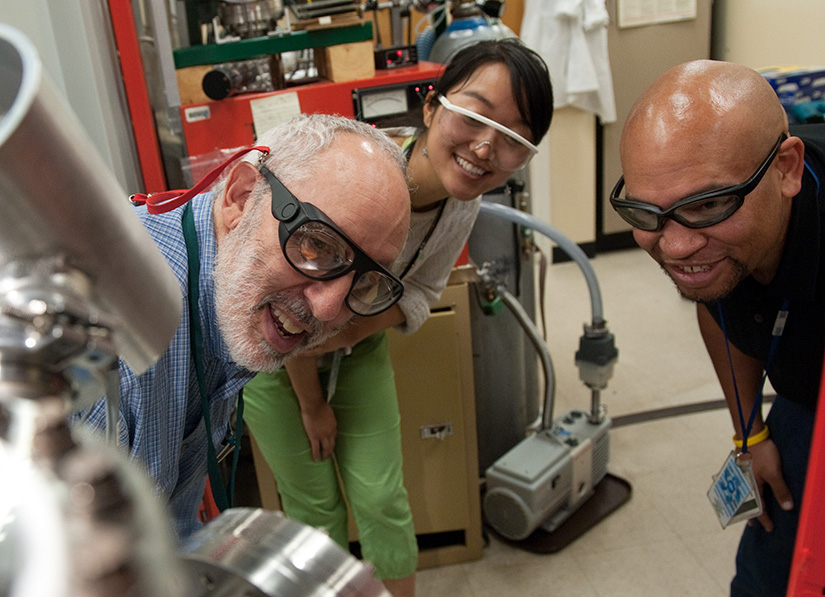
Tucker said that the book is not intended to be a comprehensive history of the laboratory. Instead, "Clean Energy Innovators" is one way of illustrating how the laboratory has changed over time and the ways its people have transformed renewable energy technologies.
Bob Thresher, emeritus wind researcher featured prominently in the “Wild West” chapter, said, “Were it not for the persistence, risk-taking, and imagination of the small teams of renewable energy pioneers profiled in this book, we would not have the low-cost, carbon-free energy technologies ready today to mitigate climate change.” Thresher added that these stories need to be passed on to inspire the next generation in their efforts.
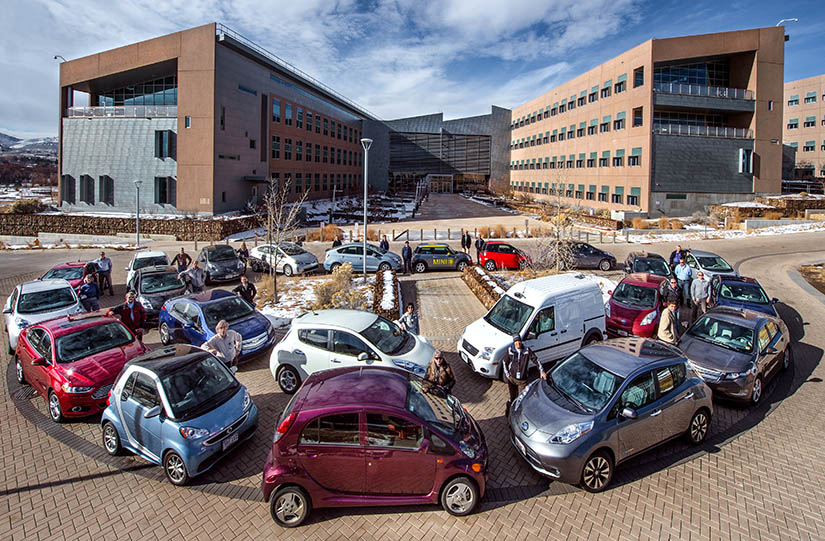
"Clean Energy Innovators" has earned favorable response from some readers outside the laboratory as well. “It is a brilliant idea to weave the story of the NREL people with the innovation that takes place at NREL,” said Colorado School of Mines professor Roel Snieder. “‘Innovators’ not only gives the research a human face; it also makes the research much more accessible for the nonspecialist. It must have been much work to compile this book, but the end result is great.”
And while this is not the end of the story, "Clean Energy Innovators" now gives readers a chance to better understand how far things have come from the earliest days of SERI—as well as how much the future holds.
Last Updated May 28, 2025
